215 vs 225 Tires
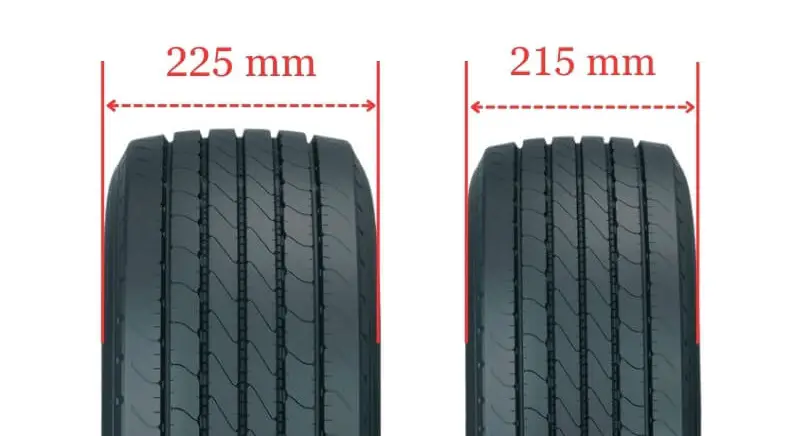
The main difference between 215 and 225 tire sizes is in the width. That means the 225 tires are 10mm (0.39 inches) wider than the 215 tires. This 4.7% width increase provides subtle differences in various performance aspects.
215 vs 225 Table
To gain a better understanding of the differences between the 215 and 225 tires, we will conduct a comparative analysis.
| Tire Size 215 | Tire Size 225 |
|---|---|
| Slightly better fuel efficiency | Marginally wider tread |
| More responsive handling | Slightly higher ground clearance |
| Smoother ride on pavement | Somewhat better traction in mud |
| Lower cost | More aggressive visual styling |
| Quieter at high speeds | Slightly softer ride on rough roads |
| More even treadwear | Minimal added durability |
| Minor speedometer accuracy advantage | Subtly heavier weight |
Ground Clearance
The slightly wider 225 tire offers a minor increase in ground clearance, which can help in off-road driving over rocks or on rough terrain. However, the small difference is unlikely to be noticeable in most on-road driving conditions.
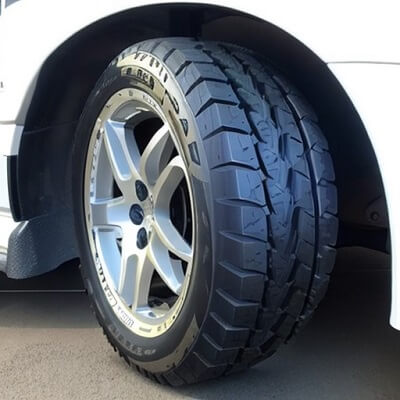
Gas Mileage
The 215 tire’s marginally smaller contact patch and lower rotational mass provide a minor fuel efficiency advantage, appealing to daily commuters focused on gas mileage. But the difference is small enough that either tire size works for fuel-conscious drivers.
Ride Comfort
Both sizes offer comfortable rides, with the 215 absorbing imperfections on smooth roads a bit better. The slightly larger 225 slightly improves impact absorption from potholes or rough terrain due to a minor increase in sidewall height. Overall, the ride comfort difference is minimal.
Aesthetics Look
Visually, the slightly wider 225 tire has a somewhat more aggressive, masculine aesthetic. However, the difference is subtle enough that both sizes have attractive styling. 215 tires do have a minor aerodynamic advantage.
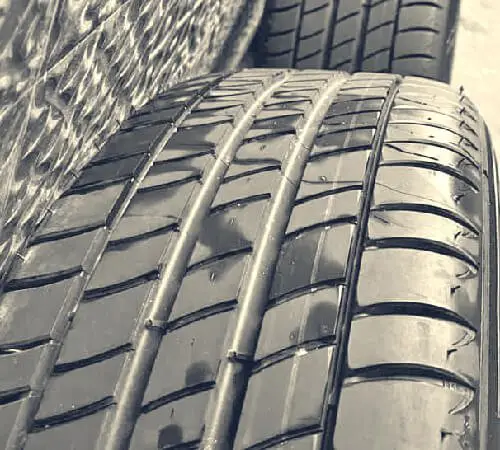
Handling & Stability
The 215 tire’s smaller contact patch gives it a subtle handling advantage and quicker response on pavement. But the difference is unlikely to be noticed by most drivers. Either tire provides good stability and traction in normal conditions.
Noise & Vibration
Tire noise and vibration differences are negligible between the two sizes. Both absorb irregularities well. The 225 transmits slightly fewer vibrations, but not enough to notice for most drivers.
Durability & Wear
The 215’s smaller contact patch leads to slightly more even treadwear, but both sizes deliver long tread life with proper maintenance. The heavier 225 tire puts minor added wear on suspension components, a small durability difference.
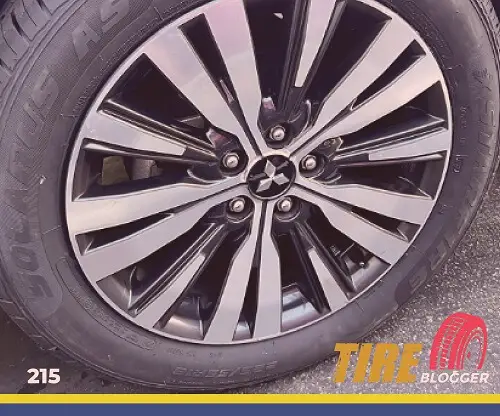
Adverse Conditions
In snow or ice, the narrower 215 can cut through to the pavement a bit better. But the difference is minor, and the wider 225 provides a subtle traction advantage in mud or deep snow. Both perform well in adverse conditions.
Speedometer
The 225’s slightly larger diameter causes a minor reduction in speedometer accuracy. However, the difference is small enough to be negligible for most drivers in real-world conditions. Either size works well.
Difference Between 215 and 225 Tires
The main difference between 215 and 225 tires is the section width, with 225 tires being 10mm wider than 215 tires. This difference in width can impact various aspects of tire performance and handling characteristics.
Can I Use 225 Tires Instead of 215?
Yes, you can use 225 tires instead of 215 tires. The ideal rim width range for 215 tires overlaps with the range for 225 tires, making the switch possible.
Still, there are key considerations to bear in mind. Importantly, ensure the new tires’ aspect ratio and rim diameter correspond to your existing configuration.
If these measurements differ, maintain an overall diameter variance of no more than 3% to prevent issues with speedometer readings and vehicle operation.
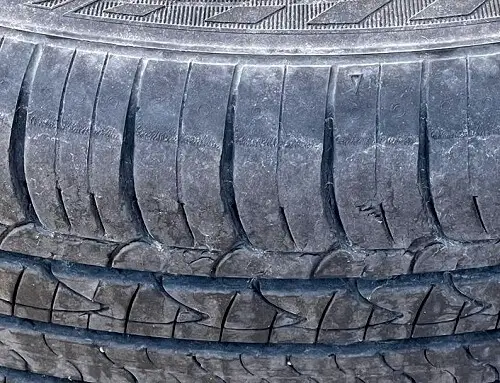
Can I Use 215 Tires Instead of 225?
Using 215 tires instead of 225 tires is possible, as their ideal rim width ranges overlap. However, some vital points need consideration. Notably, ensure that the aspect ratio and rim diameter of new tires match your present setup.
If these parameters differ, limit the overall diameter variance to 3% or less to preserve speedometer accuracy and vehicle operation.
Can I Put 225 Tires on 215 Rims?
Yes, you can put 225 tires on rims designed for 215 tires. The ideal rim width range for 215 tires (6.5-8.0 inches) overlaps with the range for 225 tires (6.5-8.0 inches), ensuring proper fitment and performance.
Can I Put 215 Tires on 225 Rims?
Yes, you can put 215 tires on rims designed for 225 tires. The ideal rim width range for 225 tires (6.5-8.0 inches) overlaps with the range for 215 tires (6.5-8.0 inches), allowing for a proper fit.
Our Observation
After comparing the nuances between 215 and 225 tire sizes, I’m impressed by how minor the real-world differences are. The wider 225 looks superior on paper, with slightly better traction, ground clearance, and a more aggressive aesthetic.
But having assessed the key factors like ride quality, handling, and durability, I’ve realized the advantages are truly negligible in regular driving. For most folks, either tire size will provide an excellent experience.
So I don’t think drivers can go wrong choosing between them. The decision comes down to personal preference on styling, intended use, and budget.
For me, the 215 represents the best value for daily commuting and road trips with its fuel efficiency, responsive handling, and lower cost.

Meet Caitlin McCormack, a Tire Size Expert and Blogger Passionate About Everything Related to Tires. With Years of Experience in the Tire Industry, Caitlin Has Become an Expert in Tire Sizes and Their Impact on Vehicle Performance.

Excellent Article